The Magical Mini Guide to Cozy Weekends

The Magical Mini Guide to Cozy Weekends
Whether you're in the mood for some soup-simmering, leaf-peeping, or nothing at all, your dream weekend awaits...
View GuidePopular on Food52
7 Comments
sandra
August 18, 2023
I believe the rule is, if you are not 100% sure of what it is, don't eat it! I have a great book by Roger Phillips - Mushrooms which is a great guide (its for the UK but I feel like we have many similar mushrooms). It tells you if they are edible, if they have an evil twin, what time of year to expect them and where they tend to grow along with excellent photographs. It was recommended by a mycologist I went out on a foraging course with. There have been times when the book hasn't convinced me so I checked the internet to be sure. Remember, if you find them in one location, chances are they will grow there again so keep note of what you find and where.
Sylvia V.
August 26, 2015
So confused about the wild ones that grow in Southampton New York and will have to do more research before attempting to taste them
Willow M.
August 20, 2015
Also, when preparing and eating mushrooms that you have harvested, always set aside a representative sample of the mushrooms. If you should become ill and need to go to the ER, it will be helpful for the doctors and nurses to see exactly what kind of mushroom you ate.
tama M.
March 12, 2015
I very much agree. I wish the section on going to the local mycological club (the way I learned) was highlighted more in bold in this article! And yes, so important with any wild foods to harvest and prepare them properly! As to the mushrooms Chris, I spoken to west coast forager Connie Green who advises the following: not sure of the species of mushroom: Morels, Verpa, or Gyromitra need to be thoroughly cooked (whether fried or otherwise). Nordic peoples do have a long tradition of boiling them, discarding the water, and then frying.
Chris G.
March 11, 2015
I also have something to add. It's not just getting the identity of the mushrooms right, it's also about cooking them the proper way. I once fried some mushrooms in butter that weren't supposed to be fired. (I think they were supposed to be boiled). I did just got an upset stomach & went back are re-read my mushroom guide and realized my mistake. You are absolutely right about going out with someone that knows what's what! Here in the Pacific Northwest, (Western Washington), we have lots of mushrooms growing wild all over! Some are some really bad actors!
Chris
Chris
Sarah
September 29, 2014
Sigh. Wild mushrooms are wonderful to find, but if you are a novice, PLEASE do not do this without an experienced guide! A guidebook is NOT a substitute for a mycologist, period. There are many, many mushrooms that look alike, and the tests to distinguish them apart can often be complicated and require a great deal of experience. One cannot learn the subtleties of mushrooming by reading a few pointers from a blog or guidebook. Learn from skilled mycologists first.
Lissa S.
February 26, 2015
i totally agree with Sarah. I hunt mushrooms here in France but only after years of going out with mycologists. I never hunt outside my immediate area. One of my mentors in this described visiting a fellow mycologist in the hospital after they had eaten something so bad it required morphine ! One of their LBM's ( Little Brown Mushrooms) was a nasty one. Who wants that eh? Watch yourself people!
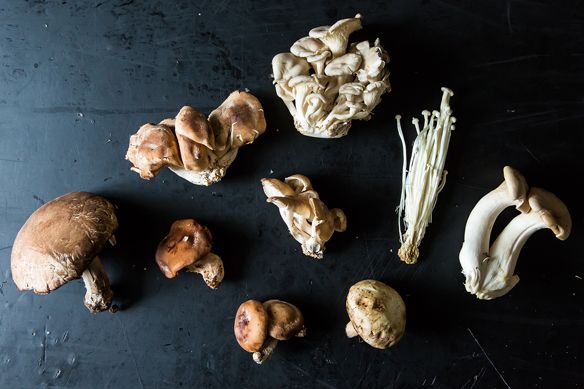
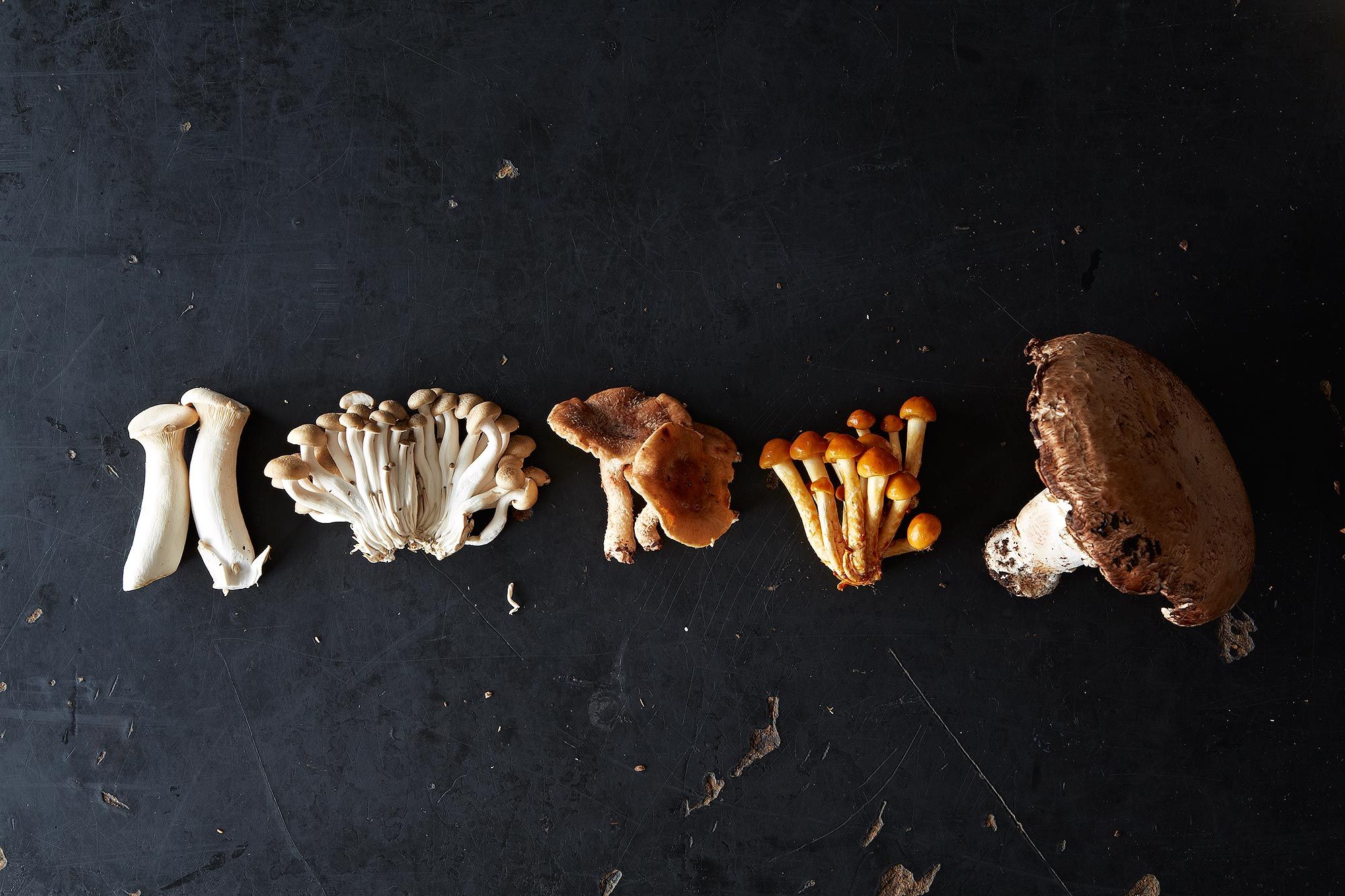
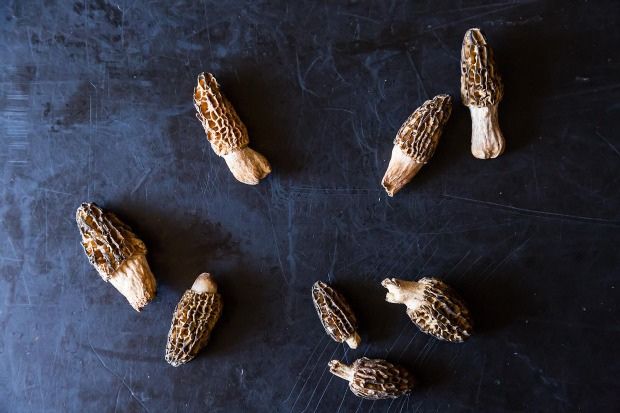
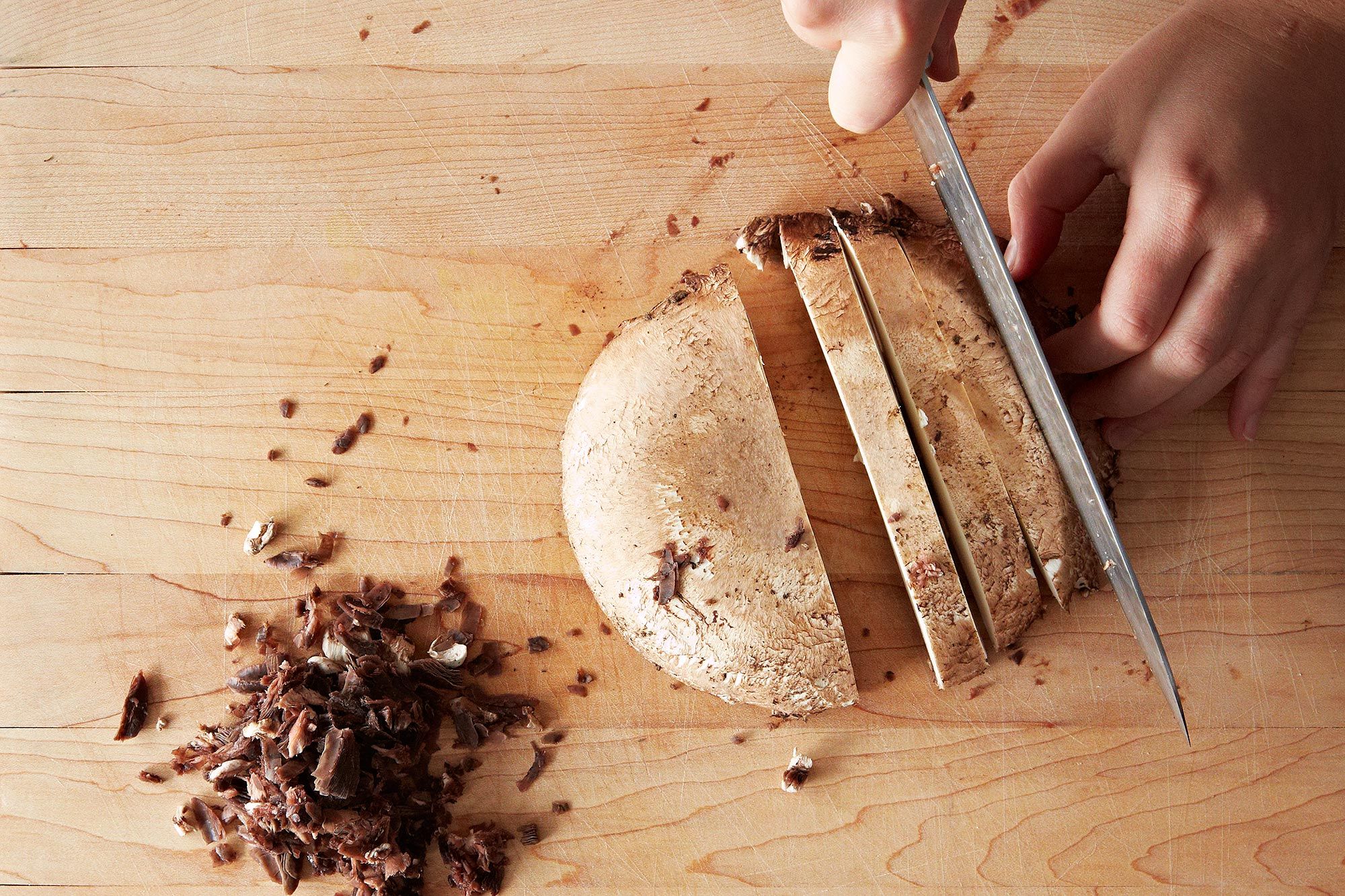
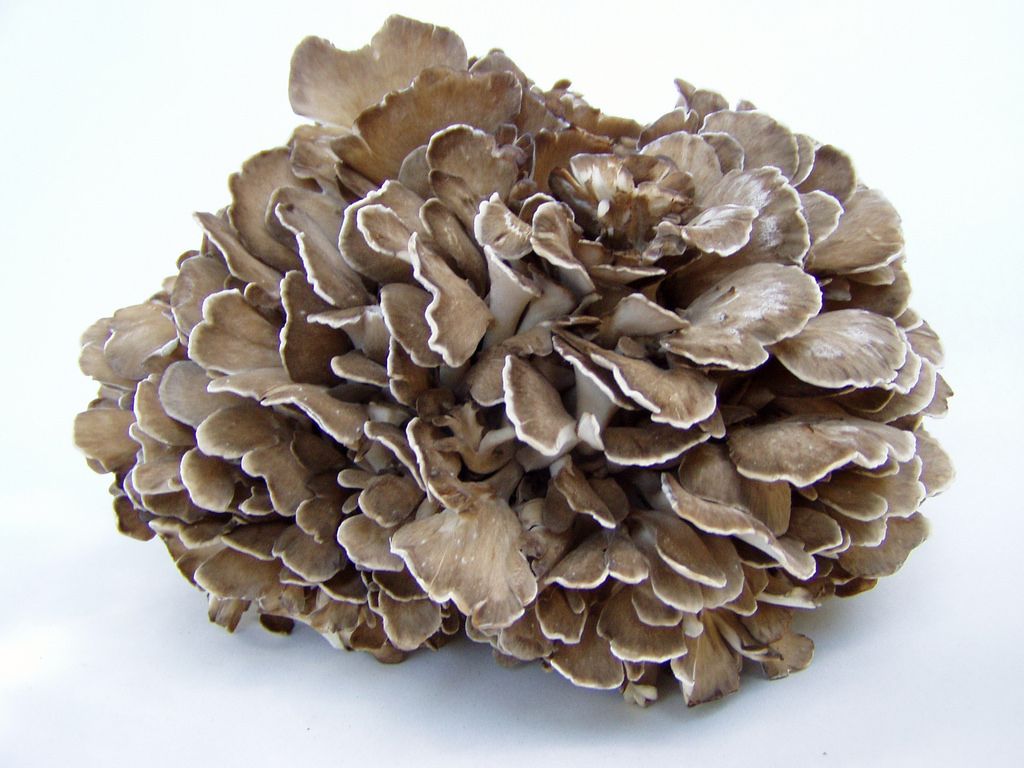
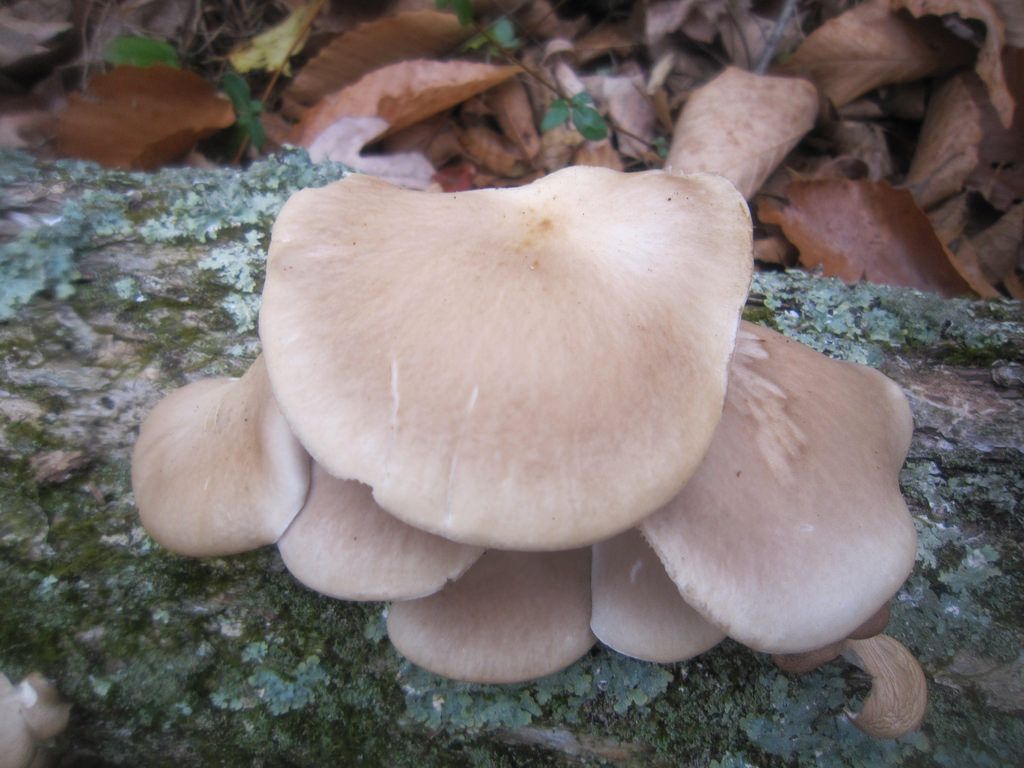
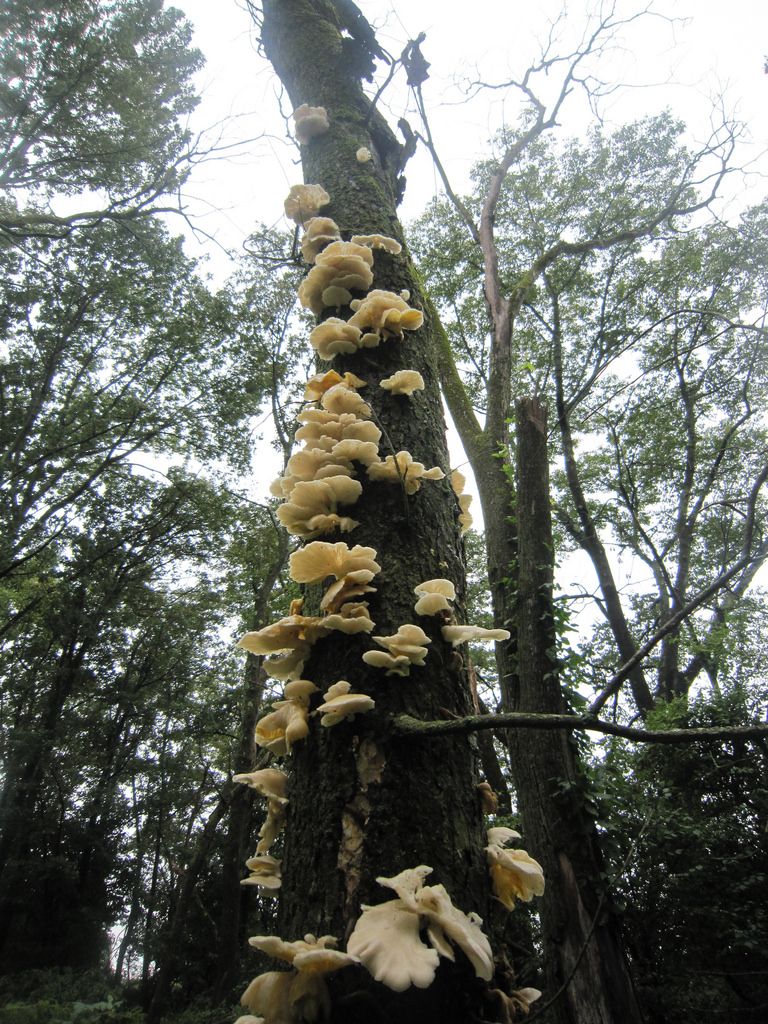

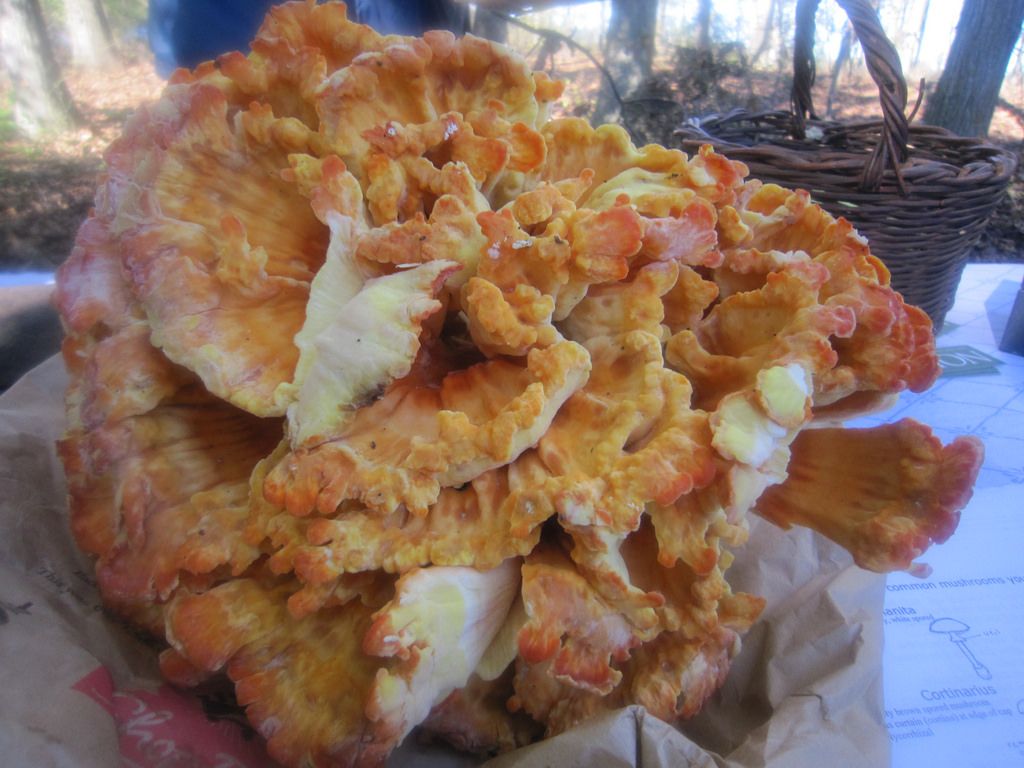


See what other Food52 readers are saying.